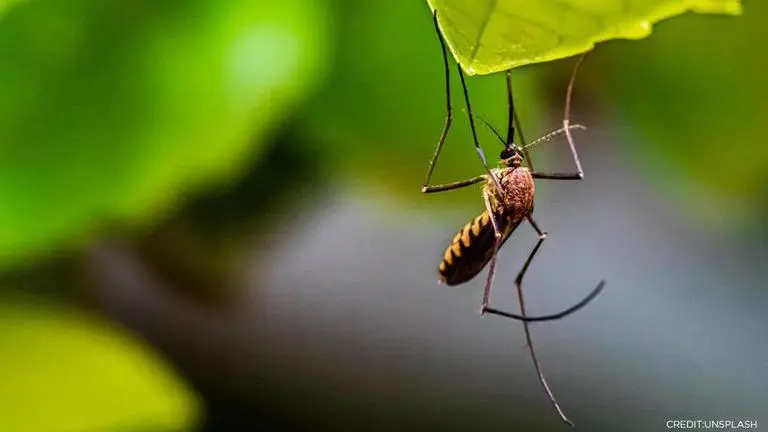Updated 21 August 2021 at 21:41 IST
Researchers conduct study to eliminate vision-guided target attraction in mosquitoes
Scientists have used the gene-editing tool Crispr-Cas9 to render humans effectively invisible in the eyes of Aedes aegypti mosquitoes.
- Science News
- 2 min read

Scientists have tried to eliminate the vision-guided target attraction in mosquitoes. Scientists used CRISPR-Cas9 to make humans invisible in the eyes of Aedes aegypti mosquitoes. The researchers using CRISPR-Cas9 mutated the gene encoding Op1, which is the most abundant of the five rhodopsins expressed in the eyes of Aedes aegypti.
Vision-guided target attraction in mosquitoes
The study conducted by the researchers has been published in the journal Current Biology. Researchers tried to find the molecular mechanisms of vision-guided target recognition. Researchers used CRISPR-Cas9 to generate two independent op1 alleles by homology-directed repair. The researchers were able to generate homozygous lines, which they were able to confirm through PCR and DNA sequencing. According to real-time quantitative PCR, the op1 RNA was dramatically reduced in both alleles. The researchers were able to generate Op1 antibodies which confirmed that the Op1 protein was undetectable. The inability of the op1, op2 double mutants to recognise the target visually makes the researchers think that the mosquitoes were unable to detect visual stimuli.
Neha Thakre, a postdoctoral researcher at the University of California, San Diego who was not involved in this study informed that it has not been studied before, reported New York Times. Thakre further added that the study will help to understand mosquito vision. Yinpeng Zhan, a postdoctoral researcher at the University of California, Santa Barbara, and the lead author on the paper informed that after knowing how mosquitoes sense humans, they will be able to control it, as per the report.
According to the study, female mosquitoes are known to drink human blood as they need blood meals for egg development. Aedes aegypti seek out humans during daylight, particularly around dawn and dusk. After detecting carbon dioxide from human breath at a distance, anthropophilic female mosquitoes, such as Aedes Aegypti, respond to visual cues. The females mosquitoes infect tens of millions of people every year with flaviviruses that lead to dengue, yellow fever and Zika. “Every year there’s a pandemic from mosquito-borne diseases,” said Craig Montell, a neurobiologist at the University of California, Santa Barbara, and an author on the study.
Advertisement
(Image Credits: Unsplash)
Published By : Apoorva Kaul
Published On: 21 August 2021 at 21:41 IST
